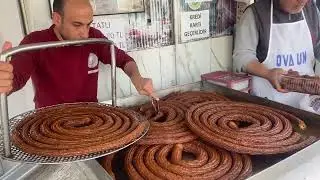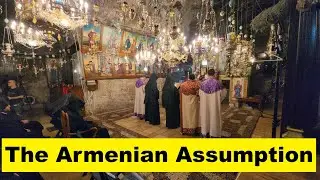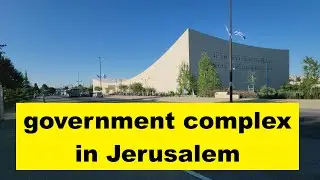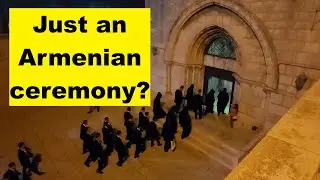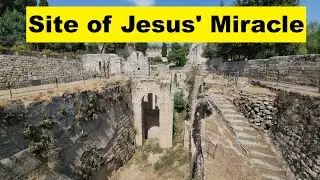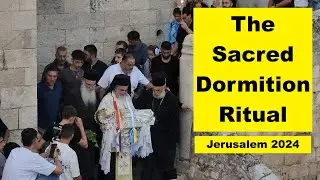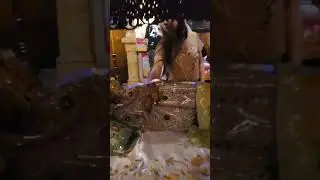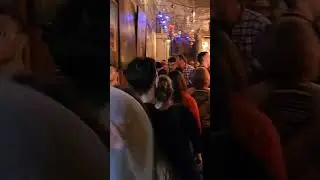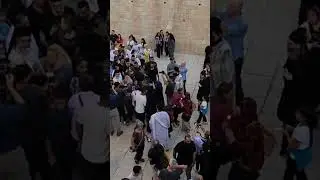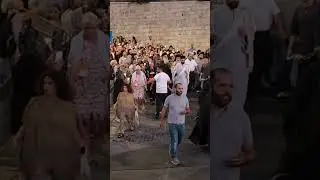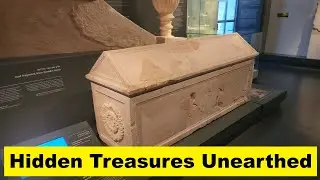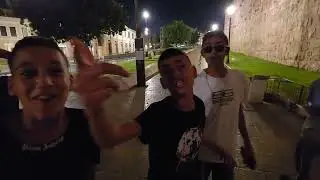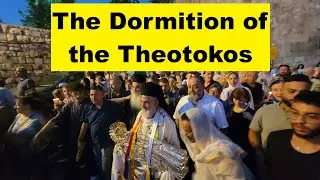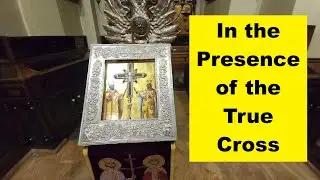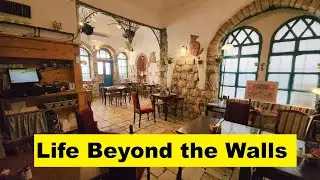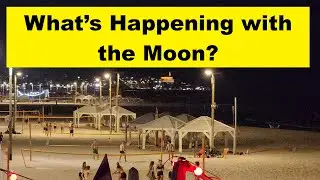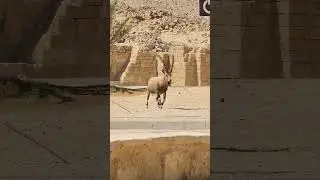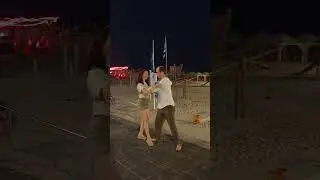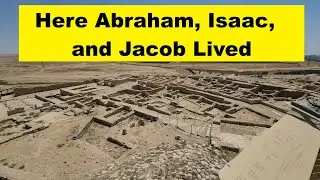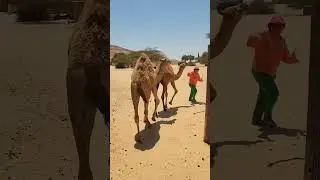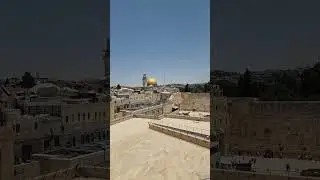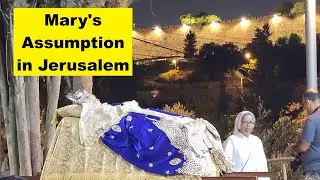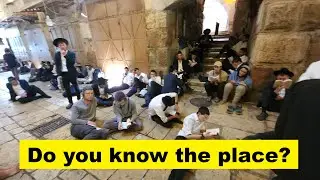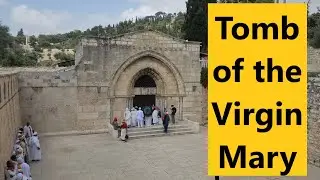Exploring Nahalat Shiv’a: How Jews Lived Outside Jerusalem's Walls in the 19th Century (Zahi Shaked)
Information about Nahalat Shiv’a JLM: a show in the sky itself will be provided after this announcement. Unfortunately, I have not been able to work as a tour guide because of the war.
Should you wish to support me and my videos please subscribe to my channel and let me guide you through the Holy Land via my videos. In this way, I will be able to continue to do my work of uploading to YouTube. Upon your request and in return I am very much happy to pray for you at the Western Wall and/or light a candle in your name at the Church of the Holy Sepulchre or anywhere else in the Holy Land of Israel.
Should you have a personal request I will be more than happy to respond and even film it in a personal video.
Support and purchase of goods from the Holy Land: https://www.buymeacoffee.com/zahishaked
Support using PayPal: https://www.paypal.com/paypalme/zahis...
Kindly share this site with your other friends/family that are interested in the rich and sacred history of Israel.
Thank you so much
Your tour guide
Zahi Shaked
/ zahishakedisraelitourguide
/ zahi_shaked_israeli_tour_guide
https://linktr.ee/zahishakedtourguide...
The Historic Neighborhood: Nahalat Shiv’a – Jerusalem. Slated for demolition by city planners, this architectural gem was saved by the public.
Jerusalem Day (Yom Yerushalayim) is a wonderful opportunity to revisit the unique standing, character, and beauty of Israel’s capital city. Like every city, its buildings, monuments, streets, and alleyways are testimony not only to historical events, but also to the vision of its planners. Shockingly, the first master plans of Jerusalem did not propose preserving the historic Jewish neighborhoods first built outside the Old City walls, such as Mishkenot Sha’ananim (1860) Mahaneh Yisrael (1868) and Nahalat Shiv’a (1869) even though their buildings are testimony to the courage and heroism of Israel’s early pioneers, and tell the story of the renewal of Jewish settlement in the Land of Israel. Thanks to a public outcry against the planned demolition of Nahalat Shiv’a, it was preserved in the end. Today the restored neighborhood is a bustling pedestrian area, and blends in well with other preservation and renewal projects implemented in other nearby neighborhoods in the city’s center.
The history of the neighborhood
The cornerstone for Nahalat Shiva (meaning Estate of the Seven) was laid in April 1869. It was the third neighborhood to be established outside the Old City. The seven founders (after which the neighborhood got its name) were Yoel Moshe Salomon, Yosef Rivlin, Yehoshua Yellin, Michel HaCohen, Binyamin (Beinish) Salant, Aryeh (Leib) Horowitz, and Haim Halevi (Kovner). Yosef Rivlin, who established Bonei Yerushalayim (Builders of Jerusalem), a company dedicated to purchasing and settling land in Jerusalem, travelled to Europe in 1859 to raise money from Diaspora Jews. According to reports, Yoel Moshe Salomon began negotiations to purchase land from Arabs in 1867, without disclosing that the land was intended for Jewish settlement. Finally, the seven founders combined resources and purchased a tract of land bordered by Jaffa Road in the north, a Moslem Cemetery to the south, an ancient Moslem tomb in the west and rocks and trees in the east. It was close to the Russian compound. Because the right to own land was restricted to Ottoman citizens only, the plot was registered in the name of the wife of Aryeh Horowitz, who was an Ottoman citizen and fluent in Arabic. She dressed as an Arab when she appeared in court to receive the Kushan (ownership papers).
The dangers of living outside the Old City were great, and the rabbis of the community were opposed to the idea of settling outside it. However, the harsh and crowded living conditions, the high rents and the spread of cholera finally compelled the Jews to look for other solutions.



